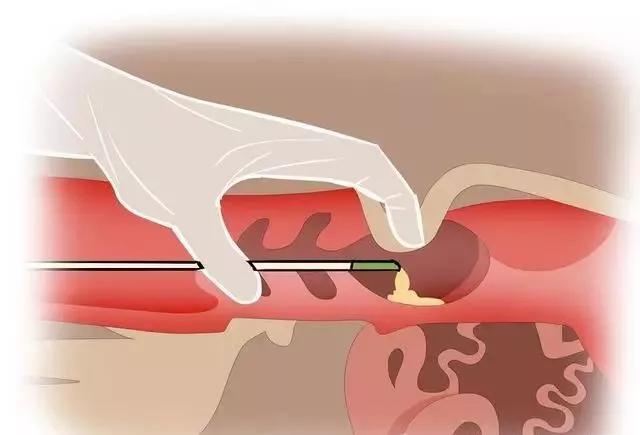Observing the breeding of beef cattle using a B-ultrasound machine involves the production of offspring mainly used in the beef market. Fundamentally, all of this is to enable cows to breed and produce calves for sale as beef or substitutes.
1. First, start the beef calf operation. Follow the steps provided in the article linked to this step to operate the B-ultrasound machine for cattle.
2. Buy your cows and/or your herds of cattle. Purchase cows of quality that meet your standards, in terms of breeding herds.
You should choose your herd to improve it, as it will provide half of the genetic potential of your calf crop. Understanding the construction at this point will truly help determine how many good herds of cattle are needed. Fertility and live calves are the key to profitability. The value of a live calf exceeds 100. If a cow larger than the bull can be safely born, it is economic suicide.
3. Select your breeding plan for cattle using an ultrasound scanner. There are two types to choose from, and if you wish, you can integrate both types into another type.
If your herd is too small to raise, or you don't want to deal with bulls, then use artificial insemination to breed your herd.
If you have a herd of 10 or more cows and you don't want to spend more time tracking them, then a good herd is the path you need to take. The rule of thumb is one bull for every 25 cows. Bulls with high sexual desire and high fertility rates can provide services for 50 cows without a decrease in conception rate. Bulls reach a high fertility rate at 20 months of age, and after 20 months, they can only decline unless they are sick or injured. Proper nutrition means that the fertility of most bulls begins to decline after the age of 6-7.
Imported cattle using B-ultrasound
4. I raised your cattle. Cows use B-ultrasound to know when their cows enter estrus, when they are ready to breed, and then go there.
If you are using a herd of cattle, you don't have to worry about when your cows will start estrus, only when they are kept for record keeping.
Follow the steps in the article "How to Artificially Spread Cows and Heifers" to learn how and when to perform AI on your cow's sex.
5. Use B-ultrasound to monitor your bulls and cows during the breeding season. If your herd has too many bulls, there may be more battles than mating.
Using older bulls for bulls under 4 years old may prevent cows from serving bulls with high fertility rates. At other times, you may end up with a broken penis, leg/foot injuries, or a seemingly unfinished bull.
Monitor cows. If you see tails protruding or curved while walking, it means they have already reproduced within 24 to 48 hours of your * * * noticing this physical sign.
6. Pull out the bulls within 64 to 85 days after they are placed. Unless you choose to breed and calve bulls and cows in the position of calves throughout the year, pulling out the bulls after 2 to 3 months ensures that all your cows have 3-4 opportunities to be covered, which is not enough to keep your less fertile cows away from slaughter.








